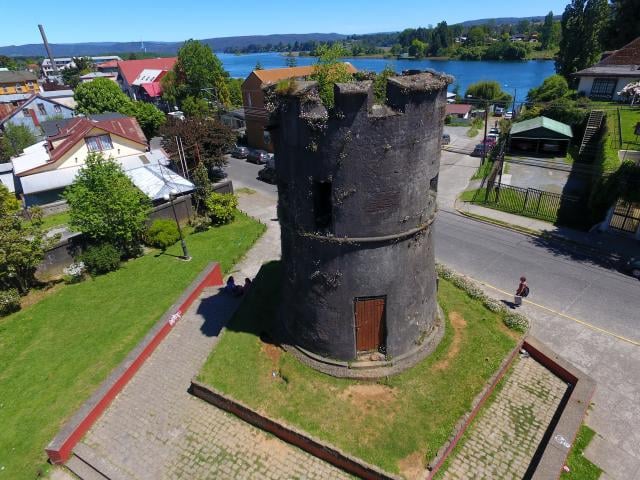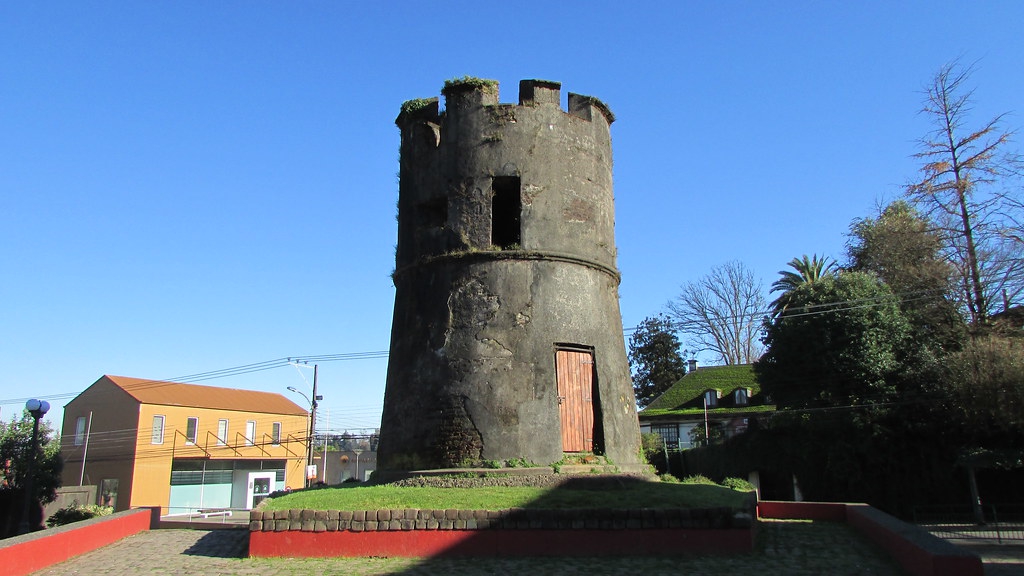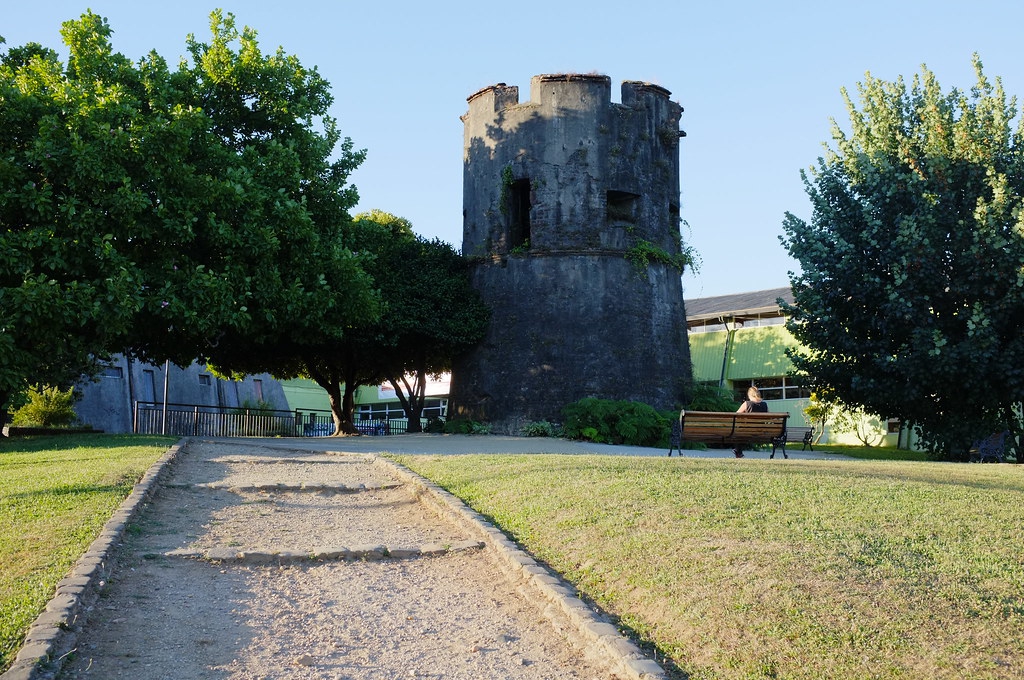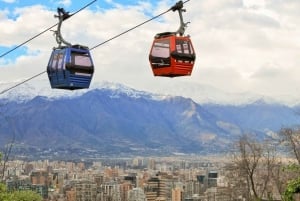Attractions
Tours
Sightseeing Tours
Culture & History Tours
The
Torreón Picarte or
Torreón del Barro is a defensive construction built by the Spanish Empire in southern Chile, in the city of Valdivia, in the XV Region of Los Ríos. It is located at Ramón Picarte Street Nº1244, on the southern edge of the
Calle Calle river. The Spanish Crown early perceived the strategic nature of the southern region of Chile, which through the Strait of Magellan and Cape Horn was an intermediate point for navigation from Europe to the
American Pacific coast.
For this reason, the Spanish defeat in Curalaba in 1598 and the destruction of all the cities of the Empire located south of the
Biobío River meant a severe setback for the Conquest, which motivated the beginning of the Defensive War against the
Mapuche and the creation of a Spanish professional army dedicated to sustaining the Arauco War. In the Spanish enclaves that survived in the southern zone, located in Chiloé and later in
Valdivia, the construction of fortifications became one of the main priorities due to the constant threat posed to them by both the attacks of the natives and the stalking of ships French, English and Dutch who threatened the Spanish position.

The
Torreón de Picarte is one of the surviving vestiges of the old Spanish fortification in the city of Valdivia. It was built after in 1645 the Viceroy of Peru and Marquis de Mancera, Pedro de Toledo and Leiva, sent a contingent of 900 men commanded by their own son to refound and fortify the city, destroyed by the natives in 1599 and almost taken by the Dutch expedition of Hendrick Brouwer and Elías Herckmans in 1643, when they allied with the natives of the area. First the
forts of Mancera, Amargos, Corral and Niebla were erected, and only after a gradual Spanish repopulation was the city re-founded in its original site in 1647.

The fortification line was built according to the defense network designed by the colonel of engineers Juan Garland, in which this tower was included. He was raised along with the
Torreón de Los Canelos after Governor Joaquín de Espinoza y Dávalos ordered it in 1774, before an imminent indigenous attack. They were built in lime and brick in the only two accesses that the city had, on the road to Osorno called 'Los Llanos' or 'del Barro', and in Canelos called 'Cantarranas'. In addition, in 1775 a moat was built that surrounded the entire perimeter of the city, through which the course of the
Calle Calle river was diverted, making
Valdivia an elevated island above the water level.

During the years after its construction it had different uses, among them, it was a maximum-security dungeon at the beginning of the 19th century, a pillory of justice in 1822, a windmill in 1834 and a powder warehouse in 1853. The
forts of Valdivia, in addition of those of Chiloé, they became the last Spanish enclaves during the War of Independence, being impassable until 1820, when the patriotic troops of the new Republic took over the city. Next to the Torreón Los Canelos, the
Torreón de Picarte was declared a Historic Monument in 1926. Currently both are part of the surviving vestiges of the old fortified Valdivia.



